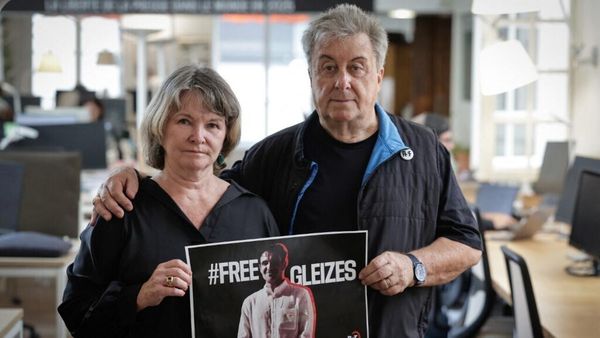
An estimated 370,000 people with disabilities and chronic health conditions will be ineligible for incapacity benefits worth an extra £5,000 a year and forced to look for work under planned reforms unveiled by the chancellor in the autumn statement.
Jeremy Hunt, who came under fire from disability charities and campaigners over the proposed changes, said the measures, coupled with investment in health and skills support, were “right economically and right morally” and would make it easier for disabled people who wanted to work to get a job.
In an extension of the government’s “crackdown” rhetoric, the chancellor also promised some long-term unemployed claimants will face mandatory job placements or losing their benefits altogether if they persistently fail to engage with jobcentres.
However, Hunt acknowledged the continuing cost of living pressures on low-income families as he ignored heavily trailed speculation he might cut benefits and pensions in real terms from next April, instead raising them by 6.7% and 8.5% respectively.
He also bowed to pressure from charities and local authorities over rising homelessness, announcing that housing benefit rates for private sector renters would rise in April after being frozen for four years, offering relief for some low-income tenants struggling with sky-high rents.
The rise in working age benefit rates will see 5.5m households on universal credit gain £470 a year on average from next April. State pensions will rise in line with average earnings, and will be worth up to £900 a year more.
The chancellor said proposed changes to “fit for work” tests for disability unemployment benefits will over time more than halve the number of new claimants deemed unable to work, saving the exchequer over £1bn a year by 2028-29. The changes apply to new claims only, from April 2025.
The measures, aimed at slowing the rise in the number of claimants not expected to work because of ill-health or disability, came alongside a package of health, skills and childcare initiatives designed to help disabled people get and keep jobs.
The number of incapacity benefit claimants currently stands at 2.4m, according to the Department for Work and Pensions. This was expected to rise to 2.9m by 2028-29. The Institute for Fiscal Studies (IFS) estimates the reforms will see 370,000 fewer claimants over this period classed as not expected not to look for work.
Tom Waters, an associate director at IFS, said: “Of the 370,000 people who will lose out from this reform, the overwhelming majority are expected to nonetheless remain on benefits, just with a lower level of income. Only 10,000 – 2.7% of those affected – are expected to move into work.”
Charities and campaigners welcomed the work support measures but warned cutting benefit support and expecting people with debilitating conditions to look for work or face benefit sanctions would put increasing numbers of disabled claimants, already disproportionately likely to be in poverty, at risk of destitution.
Sarah Hughes, chief executive of mental health charity Mind, said the reforms were predicated on “baseless assumptions about disabled people” and urged ministers to rethink the plans. “The reality is that the vast majority of people with mental health problems want to work but are consistently let down by poor support across the board,” she said.
James Taylor, director of strategy at disability charity Scope, said: “Today the chancellor doubled down on a plan that will ramp up sanctions and demonises disabled people. It was a missed opportunity to set out how disabled people can thrive. Instead, now many will be thinking how they will survive.”
Charities and local authorities welcomed the unfreezing of local housing allowance, although warned it must continue to rise with rents in future.
The government estimates that 1.6m low-income households will be better off next year as a result of the change, gaining £800 annually on average in 2024-25.







